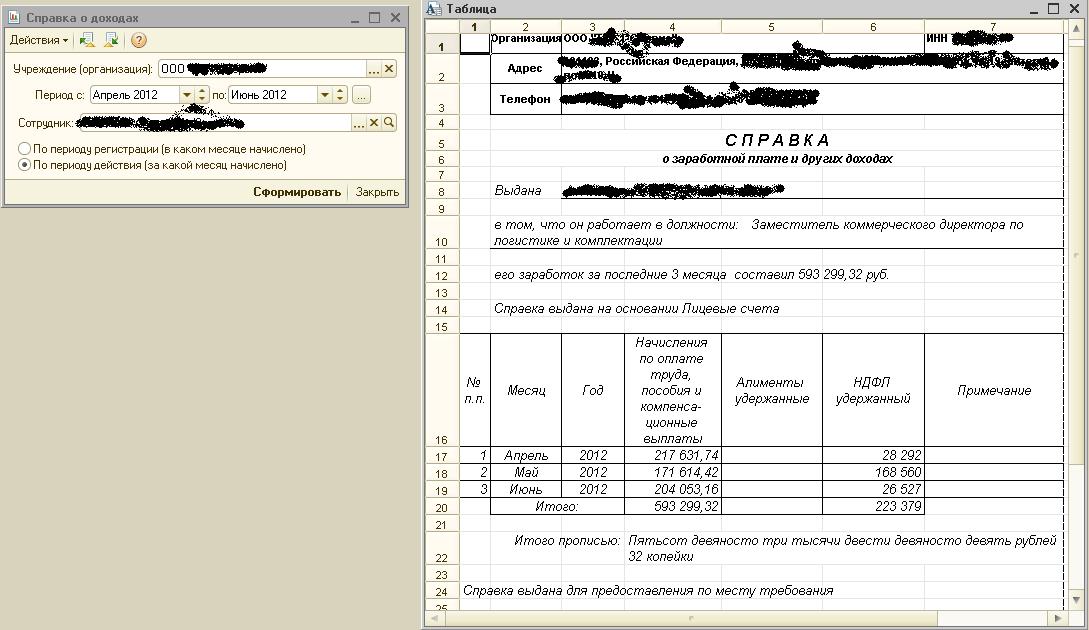Pathfinder For Mac Wont Start After Update To High Sierra
Mac won’t start after installing macOS 10.13 High Sierra. While in Safe Mode, run Disk Utility to see if that will fix any macOS High Sierra boot problems. For other ways to fix a Mac that won't start, check out our guides how to Use OS X boot options to troubleshoot your Mac and how to fix a Mac that won't start.
Finder in OS X is the default application for browsing your Mac’s files, but it can sometimes be difficult to keep track of the directories through which you navigate, particularly when dealing with complicated nests of folders and files. Longtime Mac users know that there’s one way to see a persistent map of your current location in Finder — that is, by enabling the Path Bar — but there’s also another, hidden method that some users may prefer. Enable the Finder Path Bar First, for those unfamiliar with Finder, the easiest way to see your current location in your Mac’s file structure is to enable the Path Bar in Finder’s view options.
To do so, simply open a Finder window and go to View > Show Path Bar in the OS X menu bar. Alternatively, you can use the keyboard shortcut Option-Command-P to quickly enable or disable the Finder Path Bar. Once it’s enabled, you’ll see a new bar appear at the bottom of your Finder window, showing you the path of the currently active folder or directory. As you navigate through different folders, this path bar will update accordingly. For example, in our screenshot below, we’re currently looking at the “Articles” folder, which is inside the “TekRevue” folder, which is inside our general Dropbox folder on our external Thunderbolt drive called “Data.” By becoming familiar with the path bar, you can quickly understand the relative locations of your various files and folders, as well as easily move files to a location higher up in the path chain. Again, for example, the Finder window in our screenshot has a text document called “Article Ideas” in the Articles subfolder. 


If we wanted to quickly move that file to the main Dropbox folder, we could simply drag and drop it on “Dropbox” in the path bar. Although it’s disabled by default, we personally find great use in Finder’s path bar, and it’s one of the first things we enable when setting up a new Mac.
But there’s another option for showing your current location in Finder that may be even better depending on your experience and needs. Show the Path in the Finder Title Bar By default, the “title” of any given Finder window is the name of the actively selected directory. In our example above, since we had navigated to Data > Dropbox > TekRevue > Articles, the title of our Finder window was “Articles.” But there’s a hidden Terminal command that lets you display the full path in that title bar instead of simply the active folder (very similar to how in Safari). To enable it, launch Terminal and enter the following command (note: this command involves relaunching Finder, so while you won’t lose any data, all of your open Finder windows will be closed, so make sure you take note of your current Finder locations if you’re actively working on a file-focused project): defaults write com.apple.finder _FXShowPosixPathInTitle -bool true; killall Finder As mentioned in the note above, all of your current Finder windows will close and the app will relaunch. This time, however, you’ll see the full path of your current folder in the title bar of each Finder window. While this is very similar to the path bar method above, it does have some advantages.
First, some users may simply prefer having their Finder path at the top of the window, especially cross-platform users, as Windows File Explorer also displays the current path at the top of the window (when it’s configured to do so). This method also displays the path using an existing area in the Finder title bar, whereas the Path Bar method will consume a row of visible data at the bottom of the window when enabled, which might be a bigger deal if you’re stuck with a lower resolution display and need to fit as much Finder info on the screen as possible. Belajar membaca anak tk gratis software download. More importantly, however, this method displays the full Unix path, including root directories like Volumes that are not displayed in the standard Finder path bar. This can come in handy when navigating unfamiliar directories or systems, or if you’re new to Unix-based operating systems. For example, if you wanted to build or modify a Terminal command based on the path in our first example above, you might logically enter /Data/Dropbox/TekRevue/Articles, because that’s what is shown in the Finder path bar. It’s only when you see the full path in the Finder title bar that you realize that you’ll need to specify the “Volumes” directory first. Despite its usefulness, having the full path displayed in the Finder title bar can be a bit cluttered, especially for longer and more complicated paths.